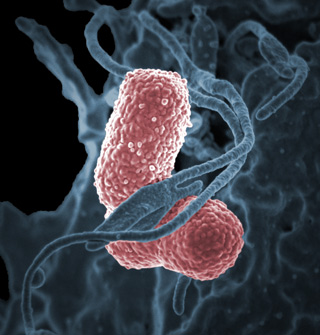Course Description
This course provides an introduction to cellular and population-level systems biology with an emphasis on synthetic biology, modeling of genetic networks, cell-cell interactions, and evolutionary dynamics. Cellular systems include genetic switches and oscillators, network motifs, genetic network evolution, and cellular …
This course provides an introduction to cellular and population-level systems biology with an emphasis on synthetic biology, modeling of genetic networks, cell-cell interactions, and evolutionary dynamics. Cellular systems include genetic switches and oscillators, network motifs, genetic network evolution, and cellular decision-making. Population-level systems include models of pattern formation, cell-cell communication, and evolutionary systems biology.
Course Info
Instructor
Learning Resource Types
assignment
Problem Sets
grading
Exams
theaters
Lecture Videos
Instructor Insights

A neutrophil (a type of white blood cell, shown in blue-gray) interacting with Klebsiella pneumoniae bacteria (shown in pink). This is one example of the types of functions that Systems Biology seeks to understand and describe. Watch Lecture 1 to see a video of a neutrophil chasing and engulfing a bacterium. (Image CC-BY.)










